Have you ever experienced that heart-stopping moment when a sizzling-hot pan leaves its mark, not on your culinary masterpiece but on your skin?
It’s like a battle scar from a kitchen duel! Fear not, though, for in the heat of the moment, the right treatment can turn your burn from blistering agony to a mere memory, allowing you to return to the kitchen battlefield with renewed confidence.
Let’s dive into the art of treating burns from hot pans, where science meets soothing relief and quick remedies conquer searing pain!
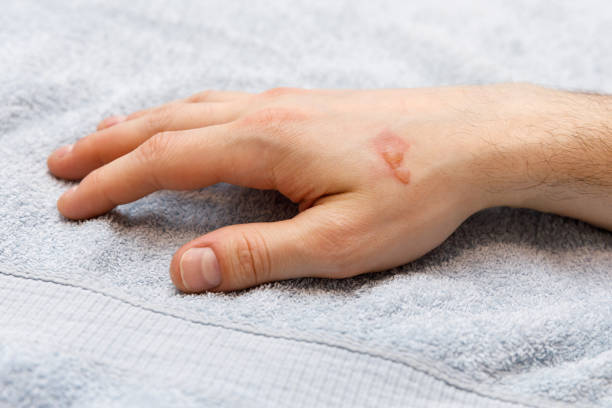
What Is A Burn?
A burn is a type of injury that occurs when skin or other tissues are exposed to excessive heat, electricity, chemicals, or radiation. It can range from mild to severe, depending on the degree of damage to the skin layers and underlying tissues.
Burns are commonly classified into three categories based on their severity:
first-degree burns affect only the outer layer of skin, causing redness and mild pain; second-degree burns involve the outer and underlying layers, leading to blistering, swelling, and intense pain; third-degree burns are the most severe, affecting all layers of skin and potentially damaging nerves, muscles, and bones, resulting in charred or white skin, numbness, and significant pain.
Prompt and appropriate treatment is crucial to prevent complications and promote healing in burn injuries.
Burn Severity
Burn severity is typically classified into three main categories based on the depth and extent of tissue damage:
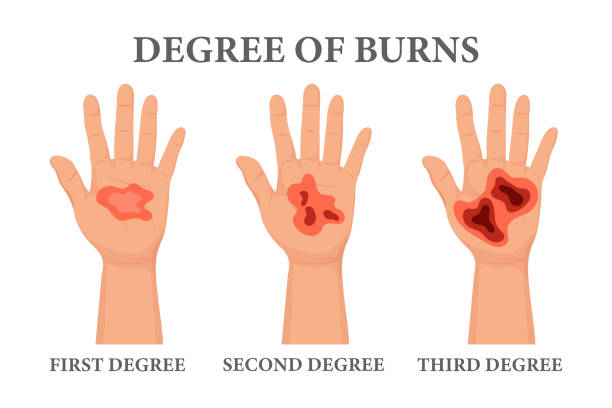
First-Degree Burns
These burns affect the outer layer of skin (epidermis) and are characterized by redness, minor swelling, and pain. They are often caused by brief exposure to heat, such as sunburns or touching a hot surface briefly.
First-degree burns usually heal within a few days with basic first aid, such as cool water or aloe vera application, and do not typically require medical attention.
Second-Degree Burns
These burns extend beyond the outer layer of skin and may involve the underlying dermis. They cause blistering, severe pain, redness, swelling, and possible fluid leakage from the affected area.
Second-degree burns can result from exposure to hot liquids, flames, or prolonged contact with a hot object. Proper treatment, including cleaning the wound, applying sterile dressings, and pain management, is essential for second-degree burn healing to prevent infection and scarring.
Third-Degree Burns
These burns are the most severe, affecting all layers of skin and possibly deeper tissues, such as muscles, tendons, or bones. Third-degree burns often appear charred, white, or blackened and may result in numbness due to nerve damage.
They are typically caused by prolonged exposure to flames, chemicals, or extremely hot objects or liquids. Immediate medical attention is crucial for third-degree burns, as they require specialized care, such as skin grafting, to promote healing and prevent complications like infection and permanent tissue damage.
How To Treat A Burn From A Hot Pan: First-Aid
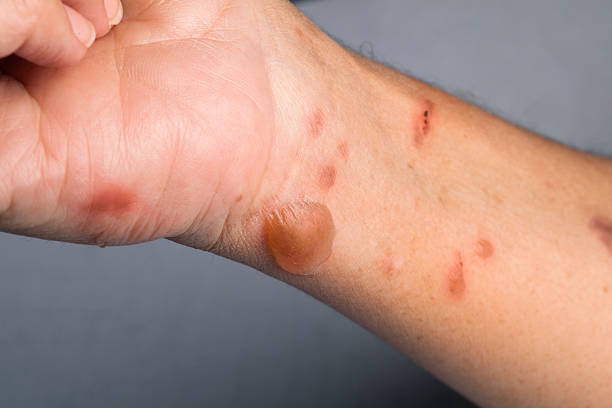
First-aid treatment for a burn from a hot pan involves several steps to alleviate pain, prevent infection, and promote healing. Here’s a guide on how to treat a burn from a hot pan:
Step 1: Submerge In Cool Water
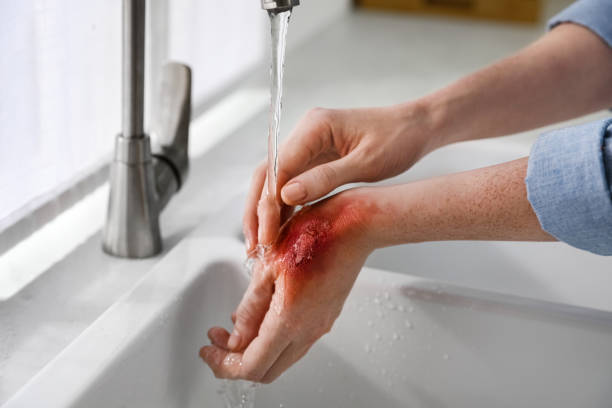
Step 1 in treating a burn from a hot pan is to immediately submerge the affected area in cool water. This rapid cooling helps to lower the temperature of the skin and underlying tissues, reducing the extent of damage caused by the burn.
It also helps to alleviate pain and inflammation, providing immediate relief to the injured person. The cool water should be gently running, not cold or freezing, as extreme cold can further damage the skin.
Ideally, the burn should be submerged for at least 10-15 minutes to ensure thorough cooling. This step is crucial in the initial first-aid response to a burn, and it sets the foundation for subsequent treatments to promote healing and prevent complications.
Step 2: Wash With Water And Mild Soap
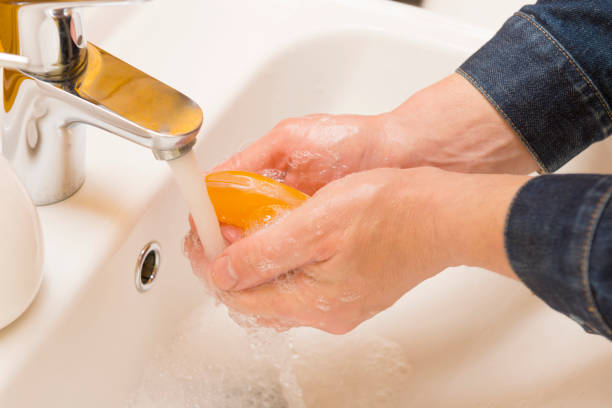
Step 2 in treating a burn from a hot pan involves washing the affected area with water and mild soap. After submerging the burn in cool water and ensuring that it’s adequately cooled, gently clean the area with lukewarm water and a mild, fragrance-free soap.
Avoid using harsh soaps, alcohol-based solutions, or abrasive substances that can irritate the burn or damage the skin further. Gently pat the area dry with a clean, soft cloth or allow it to air dry.
This step helps to remove any dirt, debris, or potential contaminants from the burn site, reducing the risk of infection and promoting a clean environment for healing. After washing, proceed with applying appropriate first-aid measures and monitoring the burn for any signs of complications.
Step 3: Apply Antibiotic Ointment
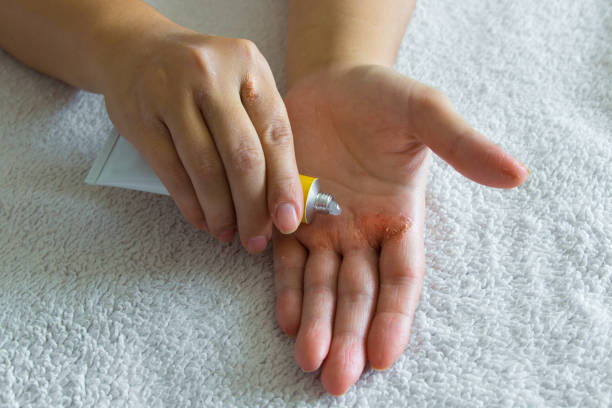
Step 3 in treating a burn from a hot pan is to apply antibiotic ointment to the affected area. After washing the burn with water and mild soap and ensuring it is completely dry, apply a thin layer of over-the-counter antibiotic ointment to the burn site.
The ointment helps create a barrier against bacteria and reduces the risk of infection, which is crucial for promoting healing. Be gentle while applying the ointment to avoid causing further discomfort to the injured skin.
Cover the burn with a sterile non-adhesive bandage or dressing to protect it from external irritants and promote a moist healing environment. Change the dressing regularly and monitor the burn for any signs of infection or worsening symptoms.
If there are concerns about the severity of the burn or if it covers a large area, seek medical attention for further evaluation and treatment.
Step 4: Cover With A Bandage
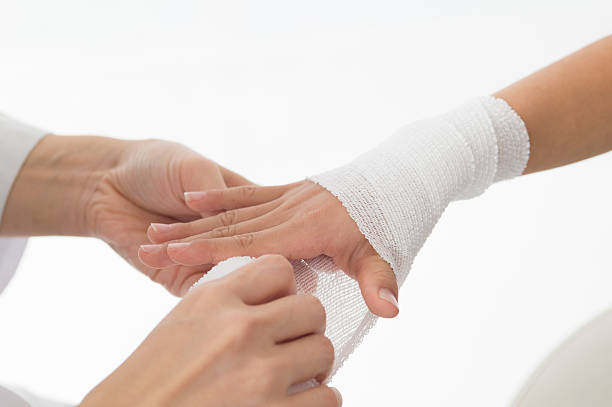
Step 4 in treating a burn from a hot pan is to cover the affected area with a sterile bandage. After applying antibiotic ointment, gently place a sterile non-adhesive bandage or dressing over the burn site.
This helps protect the burn from further irritation, prevents contamination, and creates a conducive environment for healing. Make sure the bandage is not too tight to allow for proper circulation and avoid putting pressure on the burn.
Change the bandage regularly, at least once a day or as needed, to keep the area clean and promote healing. If the burn is on a joint or an area prone to friction, use a bandage that allows for movement without causing discomfort.
Monitor the burn for any signs of infection or worsening symptoms and seek medical attention if necessary, especially for larger or more severe burns.
Step 5: Monitor Your Burn
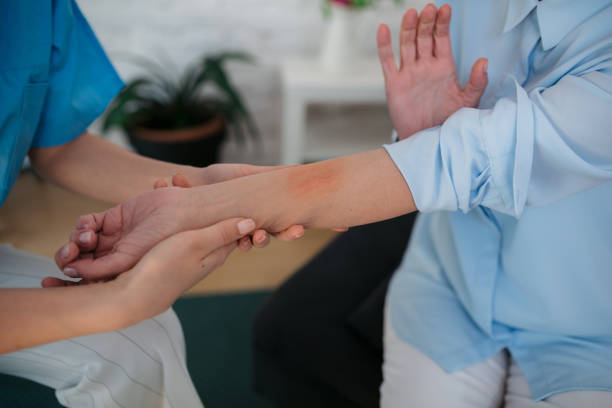
Step 5 in treating a burn from a hot pan is to monitor the burn regularly. Keep a close eye on the burn site for any signs of infection or complications. Watch for increased redness, swelling, pain, or oozing of fluids, which could indicate an infection.
If you notice any of these symptoms or if the burn does not seem to be healing properly, seek medical attention promptly.
Continue to keep the burn clean and covered with a bandage to protect it from dirt and bacteria. Change the bandage as needed, following proper hygiene practices. Avoid exposing the burn to direct sunlight or extreme temperatures, as this can delay healing and increase discomfort.
Additionally, take note of any changes in sensation or color around the burn area. Numbness, tingling, or changes in skin color could indicate nerve damage and may require medical evaluation.
By monitoring your burn closely and taking appropriate care, you can help promote healing and reduce the risk of complications.
How To Treat A Burn From A Hot Pan: Home Remedies
Treating a burn from a hot pan at home often involves using simple remedies to alleviate pain and promote healing. Here are some home remedies you can try:
Aloe Vera
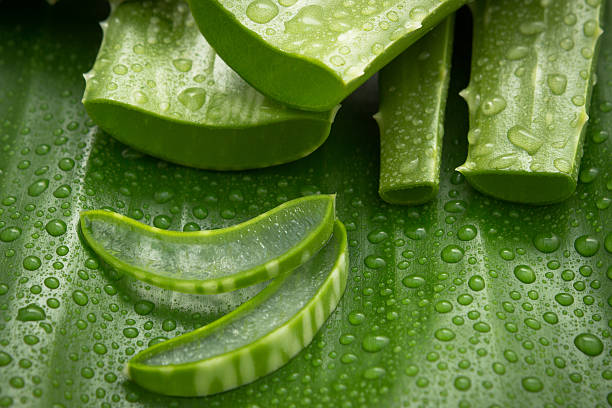
Aloe vera, a succulent plant renowned for its medicinal properties, has been used for centuries to treat various skin conditions, including burns.
The gel extracted from aloe vera leaves contains compounds like polysaccharides, vitamins, and enzymes that contribute to its healing properties. When applied to a burn, aloe vera gel acts as a natural moisturizer, soothing the skin, reducing inflammation, and promoting tissue regeneration.
Its cooling effect provides immediate relief from pain and discomfort, making it a popular choice for minor burns, sunburns, and other skin irritations.
Aloe vera’s antimicrobial properties also help prevent infections, aiding in the healing process. It’s important to use pure aloe vera gel without added chemicals or fragrances for optimal benefits.
Lotion Or Moisturizer

Lotions and moisturizers serve similar purposes in skincare, but there are subtle differences between the two. Lotions typically have a higher water content and are lighter in texture compared to moisturizers, making them ideal for use on normal to oily skin or in warmer climates.
They absorb quickly into the skin, providing hydration without feeling heavy or greasy. On the other hand, moisturizers have a thicker consistency and are formulated to provide longer-lasting hydration and seal moisture into the skin.
They are suitable for dry or sensitive skin types and are often recommended for nighttime use or during colder weather when the skin needs extra nourishment.
Ultimately, the choice between a lotion and a moisturizer depends on your skin type, climate, and personal preference for texture and hydration level.
Honey
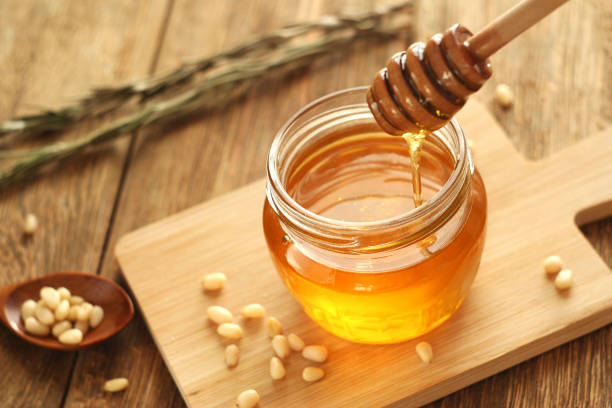
Honey, a natural sweetener produced by bees from flower nectar, offers numerous benefits for skincare. Its antimicrobial properties make it effective in treating minor burns, cuts, and abrasions by preventing infection and promoting healing.
Honey’s humectant properties help to retain moisture in the skin, making it a great ingredient in moisturizers and masks for dry or dehydrated skin. It also contains antioxidants that can protect the skin from environmental damage and premature aging.
When applied topically, honey can soothe irritation, reduce inflammation, and improve overall skin texture. However, it’s essential to use pure, raw honey without additives for optimal skincare benefits.
Coconut Oil
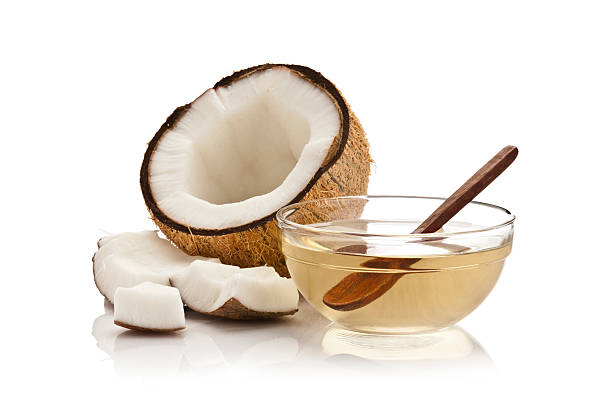
Coconut oil is a versatile and widely used natural remedy with numerous benefits for skin health, including its application in treating burns.
Rich in medium-chain fatty acids and antioxidants, coconut oil possesses anti-inflammatory and antimicrobial properties that can help soothe and heal burns.
When applied topically to a burn, coconut oil forms a protective barrier on the skin, locking in moisture and preventing further irritation. This barrier also helps reduce pain and promote faster healing by supporting the skin’s natural repair processes.
Moreover, coconut oil’s antimicrobial properties can help prevent infections in burn wounds, reducing the risk of complications. It’s important to use pure, organic coconut oil without additives for the best therapeutic effects.
Oatmeal Bath
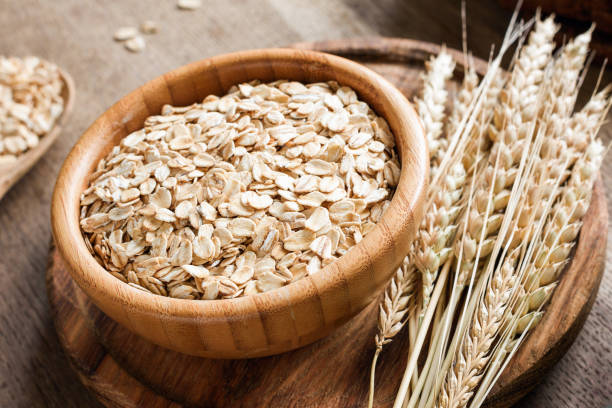
An oatmeal bath is a soothing and effective home remedy often used to relieve skin irritation, including burns. Oatmeal contains compounds like beta-glucans and avenanthramides, which have anti-inflammatory and moisturizing properties.
To prepare an oatmeal bath, grind plain, uncooked oatmeal into a fine powder and add it to warm bathwater. Soak in the oatmeal-infused water for about 15-20 minutes, gently patting the skin with the oatmeal water.
This bath helps to soothe the burn, reduce inflammation, and relieve itching or discomfort. The oatmeal forms a protective film on the skin, providing hydration and promoting healing.
After the bath, rinse off with clean water and pat the skin dry. Oatmeal baths are particularly beneficial for larger or more extensive burns, providing overall relief and supporting the skin’s recovery process.
Tea Bags
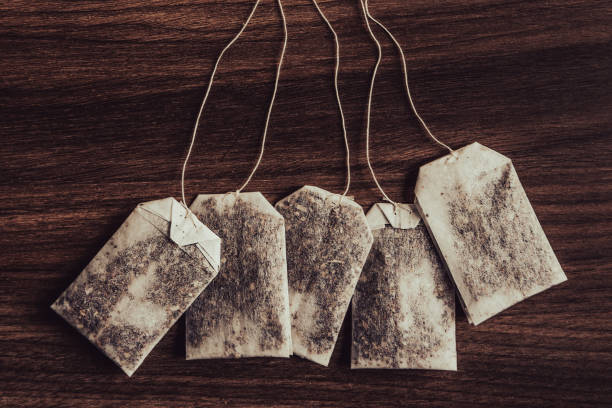
Tea bags, commonly used for brewing tea, can also be repurposed as a home remedy to help soothe burns. Both black and green tea contain tannins, natural compounds with astringent and anti-inflammatory properties.
These properties can aid in reducing pain, inflammation, and promoting healing in minor burns. To use tea bags for burns, start by brewing a cup of tea using a tea bag. Allow the tea bag to cool down until it is comfortably warm to the touch.
Then, gently place the cooled tea bag on the affected area of the burn. The tannins in the tea can help soothe the skin, reduce redness, and provide relief from discomfort. Keep the tea bag in place for several minutes before removing it.
Repeat this process as needed for ongoing relief. It’s essential to use tea bags that are plain and not flavored or containing added ingredients for optimal results.
Turmeric Paste
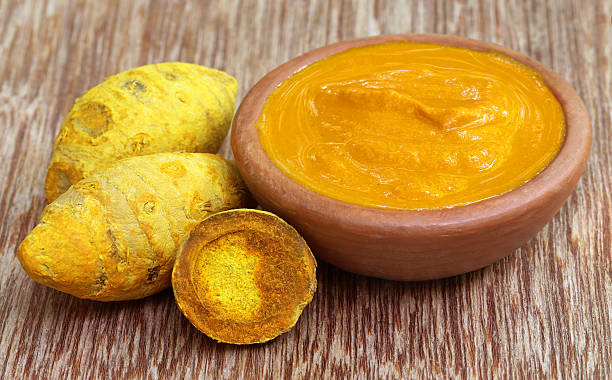
Turmeric paste is a natural remedy that has been used for centuries in traditional medicine due to its anti-inflammatory and healing properties. Turmeric contains a compound called curcumin, which is known for its antioxidant and antimicrobial effects.
To make turmeric paste for treating burns, mix turmeric powder with a small amount of water to form a thick paste. Apply the paste gently to the burn area, ensuring that it covers the affected skin evenly.
The curcumin in turmeric helps reduce inflammation, relieve pain, and promote the skin’s healing process. Leave the paste on for about 15-20 minutes before rinsing it off with lukewarm water.
Repeat this process as needed for continued relief. Keep in mind that turmeric can stain the skin temporarily, so it’s advisable to use caution and avoid applying it to open wounds or broken skin.
What To Avoid In Treating A Burn From A Hot Pan
When treating a burn from a hot pan, there are several things to avoid to prevent further damage or complications:
Toothpaste
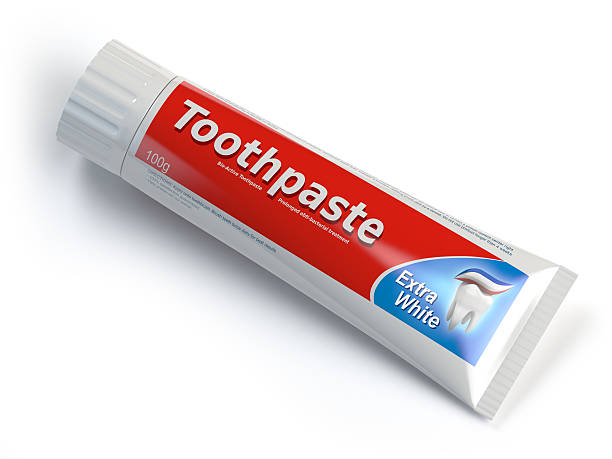
Using toothpaste on burns is not recommended. Toothpaste contains ingredients like menthol, fluoride, and abrasives that can irritate the burned skin, leading to further discomfort and potential complications.
It’s best to stick to gentle, soothing remedies like cool water, aloe vera gel, or honey for treating burns from a hot pan. These natural remedies help cool the skin, reduce inflammation, and promote healing without causing additional irritation or damage.
If the burn is severe or covers a large area, seek medical attention for appropriate treatment and care.
Ice
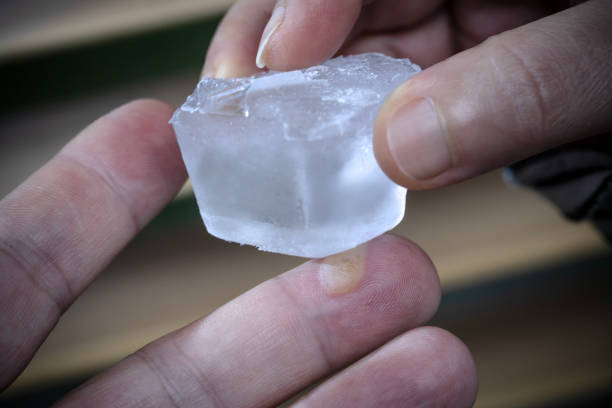
Applying ice directly to a burn from a hot pan is not recommended. Ice can further damage the burned skin and cause frostbite, leading to additional pain and complications.
Instead of using ice, it’s better to cool the burn with cool (not cold) water or immerse the affected area in cool water for 10-15 minutes.
This helps to lower the skin’s temperature, reduce pain, and minimize tissue damage without risking frostbite or exacerbating the burn. After cooling the burn, apply appropriate first-aid measures and seek medical attention if necessary, especially for severe burns or those covering a large area.
Butter
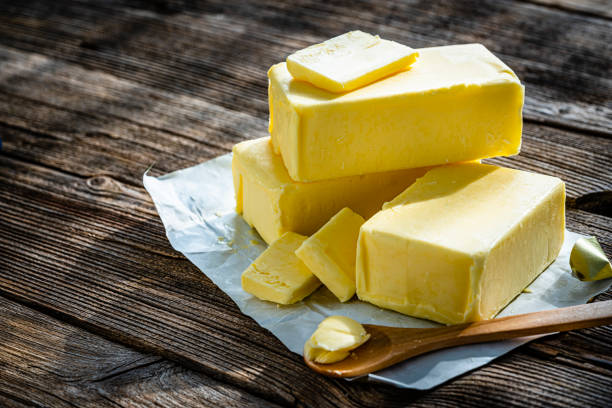
Using butter on a burn from a hot pan is not recommended. While some home remedies suggest applying butter to burns, it can actually worsen the injury.
Butter retains heat, which can prolong the burning process and increase the risk of infection. Moreover, butter can trap bacteria against the skin, leading to potential complications.
Instead of butter, it’s best to cool the burn with cool water for at least 10-15 minutes. After cooling, cover the burn with a sterile bandage or dressing. If the burn is severe or covers a large area, seek medical attention for proper evaluation and treatment.
Oil
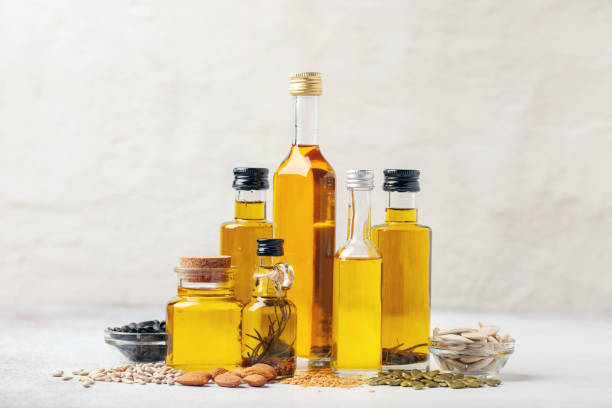
Applying oil, such as cooking oil or essential oils, directly to a burn from a hot pan is generally not recommended.
While oils like olive oil or coconut oil may have moisturizing properties, they can trap heat and exacerbate the burn. Moreover, some essential oils can be irritating to the skin, especially when applied to a burn.
Instead of oil, it’s best to cool the burn with cool water for at least 10-15 minutes. After cooling, gently pat the area dry and cover it with a sterile bandage or dressing. If the burn is severe or covers a large area, seek medical attention for proper evaluation and treatment.
Egg Whites
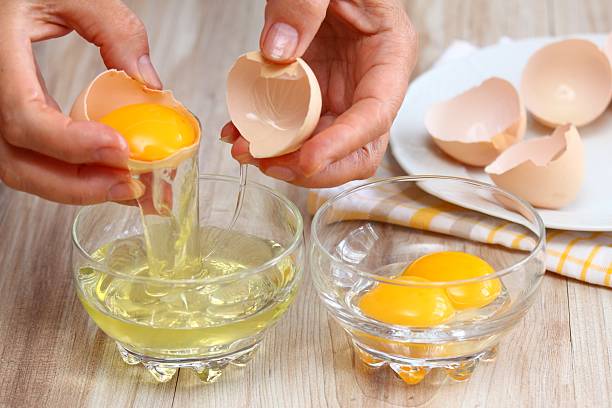
Using egg whites on burns is not recommended. While some old remedies suggest applying egg whites to burns, it’s important to note that egg whites can increase the risk of infection and may not promote healing.
Raw egg whites can contain bacteria such as Salmonella, which can cause skin infections when applied to open wounds or burns. Moreover, egg whites can form a film that may trap heat and moisture, potentially worsening the burn and delaying healing.
It’s best to avoid using egg whites and opt for safer, proven methods of treating burns, such as cool water, aloe vera gel, or honey, which have soothing and healing properties without the risk of bacterial contamination.
If the burn is severe or shows signs of infection, seek medical attention promptly for proper evaluation and treatment.
Tight Clothing or Bandages
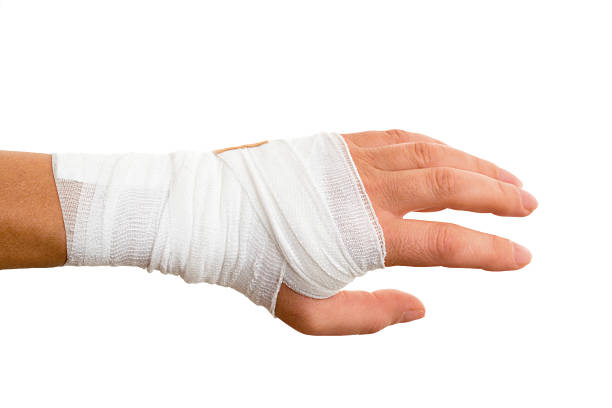
It’s important to avoid applying tight clothing or bandages directly on a burn from a hot pan. Tight clothing or bandages can restrict blood flow to the affected area, leading to discomfort and potentially slowing down the healing process.
Instead, use a loose and breathable dressing, such as a sterile non-adhesive bandage or gauze, to cover the burn lightly. This helps protect the burn from external irritants and promotes a conducive environment for healing without putting excessive pressure on the injured skin.
Remember to change the dressing regularly and monitor the burn for any signs of infection or complications. If you’re unsure about how to dress the burn properly, seek medical advice or assistance for appropriate wound care.
Delaying Medical Attention

Delaying medical attention for a burn from a hot pan can lead to complications and prolonged healing. It’s important to seek medical help promptly if:
- The burn covers a large area or is deep.
- The burn appears charred, white, or blackened.
- The burn is on the face, hands, feet, or genital area.
- The burn causes severe pain or discomfort.
- The burn shows signs of infection, such as increased redness, swelling, warmth, or drainage of pus.
- The burn is from a chemical, electrical, or radiation source.
- The burn affects an infant, elderly person, or individual with a compromised immune system.
Medical professionals can assess the severity of the burn, provide appropriate treatment, and monitor for any complications like infection or impaired healing.
Delaying medical attention for a serious burn can result in long-term damage and may require more extensive treatment later on. It’s better to err on the side of caution and seek medical help if there are any concerns about the burn’s severity or healing progress.
Peeling Blistered Skin
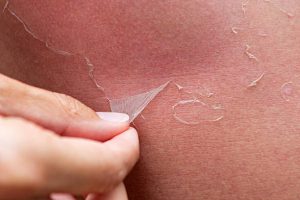
It’s crucial to avoid peeling blistered skin from a burn caused by a hot pan. Blisters form as a natural protective mechanism to cover and cushion the injured skin, reducing pain and preventing infection. Peeling or popping blisters can expose the underlying raw skin, increasing the risk of infection and delaying healing.
Instead of peeling blistered skin:
- Leave the blisters intact to protect the underlying skin.
- Keep the burn clean and dry.
- Cover the burn with a sterile non-adhesive bandage or dressing to prevent friction and infection.
- Change the dressing regularly and monitor for any signs of infection, such as increased redness, swelling, or pus.
If a blister breaks open on its own, gently clean the area with mild soap and water, apply an antibiotic ointment, and cover it with a sterile dressing. Seek medical attention if the burn is severe, shows signs of infection, or if you’re unsure about how to care for the wound properly.
Harsh Soaps or Chemicals
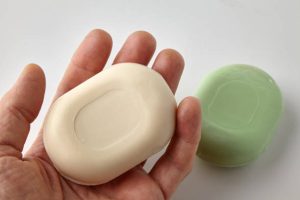
Avoid using harsh soaps or chemicals on a burn from a hot pan. Harsh soaps and chemicals can irritate the burned skin, causing further discomfort and potentially delaying healing. Instead, use mild soap and water to gently clean the burn area. Avoid scrubbing the burn, as this can increase pain and damage the skin further.
If you need to clean the burn, follow these steps:
- Use lukewarm water to rinse the burn gently.
- Apply a small amount of mild soap to the burned area.
- Gently pat the area with a clean, soft cloth to clean it, avoiding scrubbing or rubbing.
- Rinse the area thoroughly with lukewarm water.
- Pat the area dry with a clean towel or allow it to air dry.
After cleaning the burn, apply an antibiotic ointment if recommended by a healthcare professional, and cover it with a sterile bandage or dressing. If you’re unsure about which products to use or if the burn is severe, seek medical advice for appropriate wound care.
Reminders On How To Treat A Burn From A Hot Pan
Here are some important reminders on how to treat a burn from a hot pan:
Avoid Exposure To Direct Sunlight
Avoid exposure to direct sunlight on the burn area, as sunlight can worsen the damage and cause discomfort.
Don’t Burst Your Blisters
Do not burst or pop any blisters that may form on the burn. Blisters act as a natural protective barrier and bursting them can increase the risk of infection.
Drink Medication If The Pain Persists
If the pain persists or is severe, consider taking over-the-counter pain medication as directed by your healthcare provider. Non-steroidal anti-inflammatory drugs (NSAIDs) like ibuprofen can help reduce pain and inflammation.
See A Doctor If You Feel That It Is More Than A Minor Burn.
If you feel that the burn is more than a minor injury, such as if it covers a large area, is deep, or shows signs of infection (like increased redness, swelling, or oozing), seek medical attention promptly. A doctor can assess the burn’s severity and provide appropriate treatment to promote healing and prevent complications.
Preventing Burns in the Future
To prevent burns from hot pans in the future, consider these tips:
- Use Oven Mitts or Potholders: Always use oven mitts or potholders when handling hot pans to protect your hands from burns.
- Avoid Leaving Hot Pans Unattended: Never leave hot pans unattended on the stove or other cooking surfaces. Always stay vigilant while cooking to prevent accidents.
- Use Caution with Hot Liquids or Oils: Be cautious when working with hot liquids or oils as they can splatter and cause burns. Use splatter screens or lids to minimize splashing.
- Keep Children and Pets Away: Keep children and pets away from hot cooking surfaces to prevent accidental burns. Create a safe zone in the kitchen where they are not allowed to approach hot pans or stoves.
By following these tips, you can reduce the risk of burns and ensure a safe cooking environment.

Frequently Asked Questions (FAQs) – Treating Burns From A Hot Pan
Q: I accidentally burned myself while cooking. What should I do first?
A: Stay calm and immediately move the affected area away from the heat source.
Q: What’s the best way to treat a minor burn from a hot pan?
A: Run cool (not cold) water over the burn for several minutes to soothe the skin and reduce pain.
Q: Should I apply ice directly to a burn from a hot pan?
A: Avoid applying ice directly to the burn as it can further damage the skin. Stick to cool water or a cool compress.
Q: Is it okay to use home remedies like butter or toothpaste on a burn?
A: It’s best to avoid home remedies and stick to cooling the burn with water.
Q: When should I seek medical attention for a burn from a hot pan?
A: Seek medical help if the burn is severe, covers a large area, or if there are signs of infection like increased pain, redness, or swelling.
Q: How can I protect my hands while handling hot pans in the future?
A: Use oven mitts or silicone grips to protect your hands from burns when handling hot cookware.
Q: Can I still cook if I have a minor burn on my hand?
A: It’s advisable to let the burn heal before resuming cooking to avoid further irritation.
Q: What’s the best way to keep my kitchen safe from burns while cooking?
A: Always use caution when handling hot pans, keep a first aid kit handy, and teach family members about burn safety.
Q: How can I promote faster healing of a minor burn from a hot pan?
A: Keep the burn clean and dry, apply aloe vera gel or a mild moisturizer to soothe the skin, and cover it with a sterile bandage if needed.
Q: Can I still enjoy cooking after experiencing a burn from a hot pan?
A: Absolutely! Learning how to treat burns and taking preventive measures like using oven mitts can help you continue cooking safely and confidently.
Conclusion
Treating a burn from a hot pan requires prompt and appropriate action to alleviate pain and prevent further damage.
From cool water immersion to applying aloe vera or an over-the-counter burn cream, the goal is to soothe the affected area and promote healing.
Remembering to cover the burn with a sterile bandage and seeking medical attention for severe burns ensures proper care and recovery.
By following these steps, you can effectively manage burns from hot pans and promote a speedy recovery.
Other Articles You May Also Like:
- How To Tell If A Pan Is Non Stick (5 Revealing Steps)
- How To Clean Stove Drip Pans (8 Easy Ways)
- How To Get A Cake Out Of The Pan (4 Effective Tips)
- Do Non Stick Pans Need Oil (6 Cool Reasons To Know)
- Healthiest Pans To Cook With (6 Cool Ideas)
- How To Fry Frozen French Fries In A Pan (12 Essential Steps To Know)